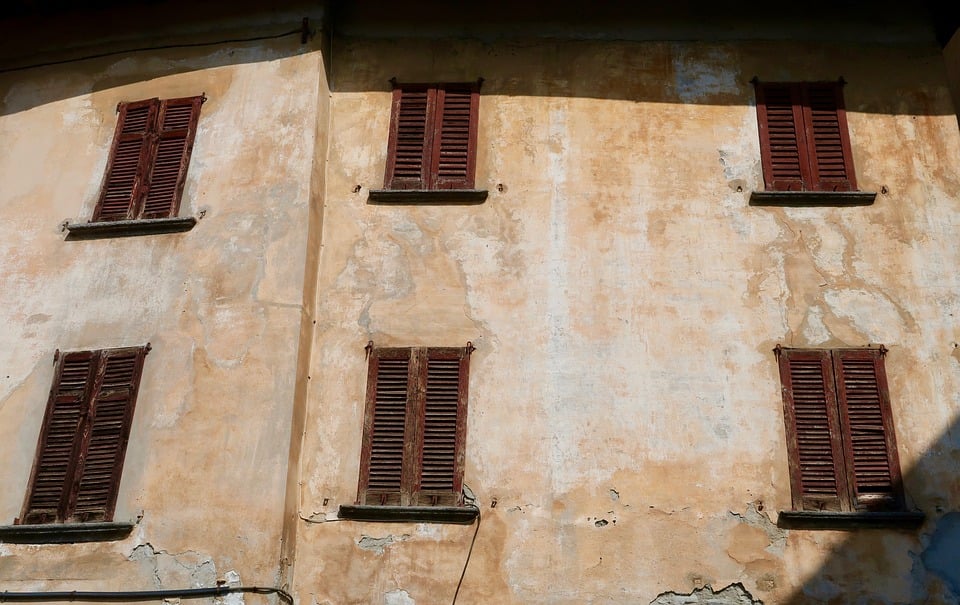Despite widespread concern over the rise to power of the far-right government led by Giorgia Meloni after Italy’s general election, the new cabinet followed the EU’s line on international politics. Yet, the Italian government is opposing some of the bloc’s initiatives, such as the ban on the sale of fossil-fueled cars. Besides, Meloni recently called for “full flexibility” in spending the existing EU money from the Recovery and Resilience Facility (RRF) and the REPowerEU program.
Addressing other priorities
The RRF is a nearly €800 billion fund – in grants and loans – set up by the European Commission to bounce back from the COVID-19 crisis. Each member state had to present a Recovery and Resilience Plan (RRP) of reforms and investments to be completed by 2026, allocating a minimum of 37 percent of the budget to climate goals and at least 20 percent to the digital transition. The REPowerEU came last year as it’s the bloc’s response to ending the dependence on Russian gas.
Italy is getting the most significant chunk of the RRF, with over €191 billion – 122 being loans. Giancarlo Giorgetti, the Italian minister of finance and economy, called for a one-year extension of the RRF spending deadline. In addition, he said that the Italian cabinet wanted to invest the EU money to address the priorities that emerged from the Russian-Ukranian conflict – particularly in the energy sector.
Plan revisions
So far, Rome has spent about €15 billion of the 67 it received of its RRF share. According to the NADEF document issued last October – a paper the Italian government must publish before approving its budget – the low spending pace relates to the rise of inflation and the high complexity in completing the spending procedures. Most investments of the Italian RRP are in the public sector, which needs more time to carry out expenditures – from calls for tenders to actual money allocation.
Italy is asking to review its spending plans, as the initial goals are not achievable due to the changed circumstances. Article 21 of the RRF regulation envisions the possibility of updating plans. It allows member states to request an amendment to the Commission where the milestones and targets are no longer achievable because of objective circumstances.
“Inflation and rising costs can be considered objective circumstances, but the general aim of that investment remains. If the initial plan was to add 200,000 spots in kindergartens, a country could say it would create 190,000 instead because of objective circumstances – such as inflation. That’s possible, but the original goal – improving access to kindergartens – stays,” clarifies Francesco Corti. He’s an associate research fellow at the Center for European Policy Studies (CEPS).
REPowerEU doesn’t help
One of the main novelties brought by the RRF is how member states receive money. They don’t get the agreed sum all at once. Instead, they get cash as they achieve the milestones and targets previously agreed upon. The EU and each country signed an operational arrangement, which binds member states to reach targets for every reform and investment in its RRP.
Following the war in Ukraine, the launch of the REPowerEu plan turned the tables. REPowerEU allows member states to use the loan money left in the RRF – to present complementary projects to cut imports of Russian gas. The lending part – €360 billion – has only partially been used. Italy used most of it, as it is borrowing €121 billion and therefore can’t access this budget anymore. Other countries can tap from this €200 billion-worth budget.
The other part of REPowerEU is a small budget – worth around €20 billion – that can be redistributed to all countries. Within the REPowerEU regulation, there is room for governments to transfer some money from the structural funds to finance the complementary plan. However, these funds are for reducing inequalities between the different regions across the union. Reallocating them would potentially mean increasing this gap.

Francesco Corti
Associate research fellow at CEPS
He is an expert in European social and employment policies, the EU budget, and Social Investment.
“Difficult” requests
Overall, Corti finds Meloni’s cabinet requests “difficult.” He believes that the flexibility Italy is aiming for will hardly be achieved. “Rome says that the national RRP contains non-strategic investments. Yet this looks hardly credible since the RRP is a long-term investment plan, and one of the criteria for approving the investments was being part of a long-term strategy. It would be strange that only two years after the approval of the RRP, the investments are no longer strategic,” the researcher underlines.
In asking for flexibility, the researcher stresses another crucial point. ”The fact that the money hasn’t been spent until today doesn’t mean the budget hasn’t been allocated yet. Tenders and assignments have already been done. Italy allocated 60 percent of the budget, meaning we know who will receive the money, and projects are ready to kick off. All procedures have been done, and there is no going back,” he adds.
Hardly changeable
Meloni’s cabinet changed the management of the Italian RRP. Following a governmental decree issued last February, the government centralized the RRP administration with a new governmental body directly controlled by the Prime Minister. Italy also said it recently submitted another €19 billion-worth payment request to the EU.
“The RRF entails a co-creation of funds between countries and Bruxelles. It is a common long-term strategy with shared future goals. I think the Commission will stress the need to keep the ambitions of the Italian plan high. Since most of the money has already been allocated, I think it will be hard to change the plan,” he adds.
Notwithstanding, Meloni’s cabinet is still pushing to divert some of the investments to the REPowerEU – since, according to RRF Minister Fitto, it would be easier to spend money. Italy will try anyway to redirect some investments to the cohesion fund, too, as that budget can be spent until 2029. Meanwhile, the EU informed Italy that it would take one more month to assess the projects submitted by Rome, before disbursing the €19 billion check. Further negotiation will follow.
In the main picture, Italian PM Giorgia Meloni, during one of her visits to the European Commission in Brussels









